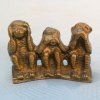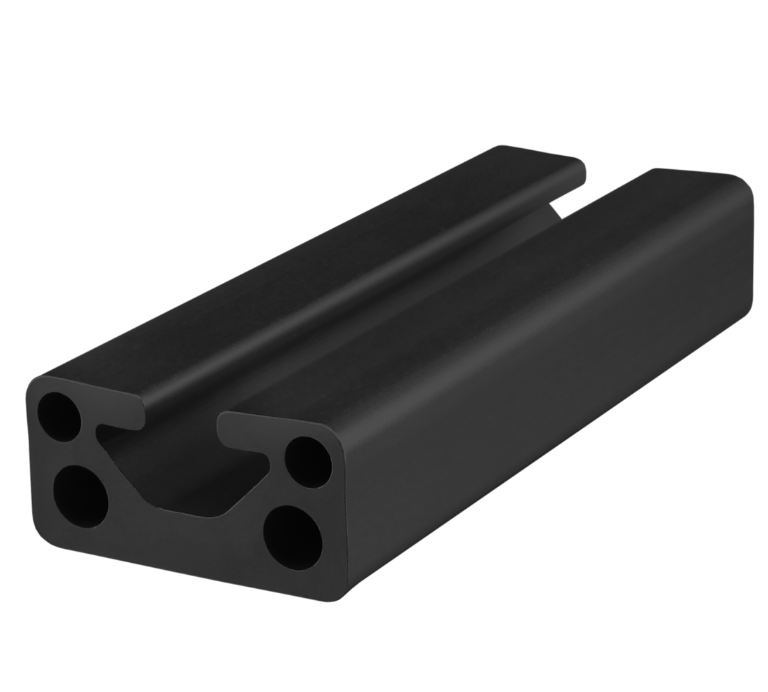Randomblame
Well-Known Member
You can see most of the wiring back on page one of this thread, in the second group of pictures. You're right, 5th cob in series with 4 others in 2S2P means a Vf of around 104. Was just wishful/hopeful there might be enough slack in the numbers that the driver could handle it. Just sheer morbid curiosity to play with it, after finally finding the spare CPU cooler. But nope, like nfhiggs said, the driver's in limp mode.
In other news, after removing the 5th cob and returning to normal, tried a lux meter app on my Nexus 7 tablet (because for some reason lux meter apps on my HTC m9 max out at 8000lux) and measured 30k lux at ~10" directly under a cob.
I'm happy with this light. It's not the most cost effective way to deliver 170watts of light but for an engineer it's pure mental masturbation.
Forget those apps, they are not calibrated and differ a lot from sensor to sensor. My OP6 maxed out at 34999lx while my old S2 can show values up to 14klx.
But there is a high difference when I use my cheap lux meter(max. 200klx, 12$, e3ay).
With such an app you can at most check how the light distribution is, but about the actual brightness it says nothing.
I'm pretty sure these cheapo lux-meters are also not calibrated, at least mine seems to show lower values.
I've compared my readings with a friends PAR-meter readings and found out the real PPFD is ~100-120μMol higher than my converted estimations using the lux numbers and the calculated conversion factor.
So in the end using lux is a bit of a gamble because it depends on the sensor and if it's calibrated or not.
Cheap handheld PAR meters are available from ~150$ to up to +2 grand. A cheap 12$ lux-meter can be used to estimate PAR numbers, but most of the time it's more guesswork.
But it is useful to even out coverage when you use more than one LED and to determine how homogeneous the light distribution is. Gardeners have used lux meters for over 50 years and they still do. PPFD is just a number but it depends on how well the light is distributed and therefor a lux-meter is as good as any PAR-meter.

 yeah brother just do it
yeah brother just do it












